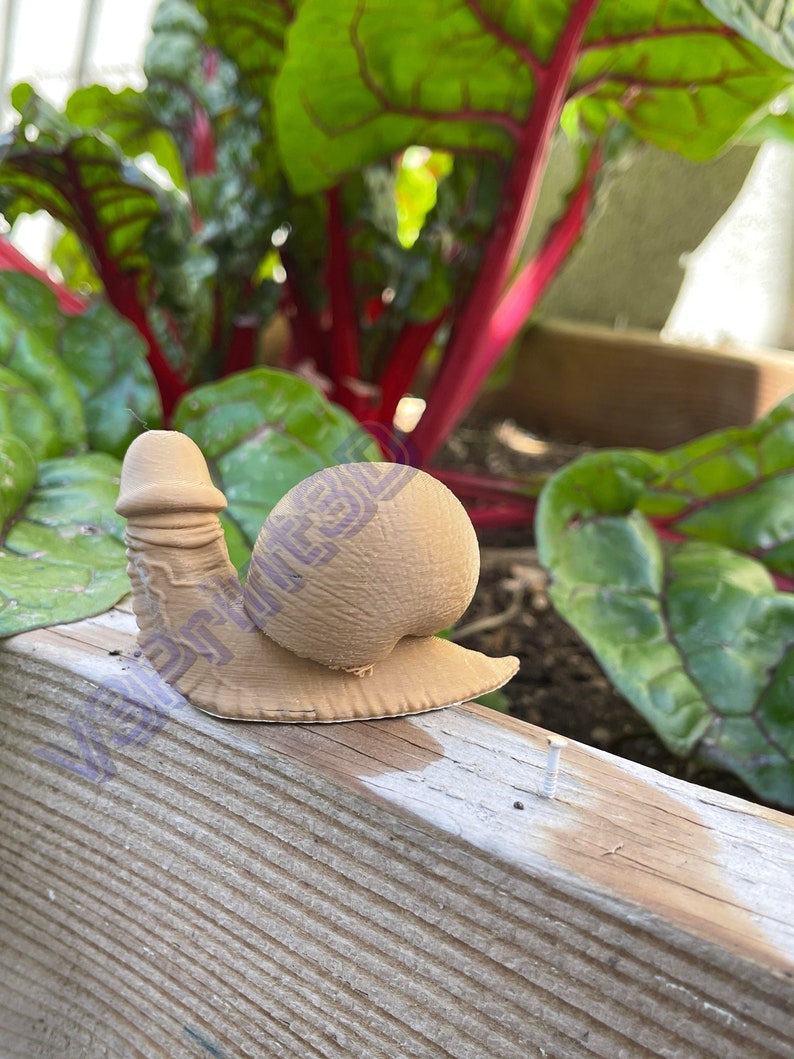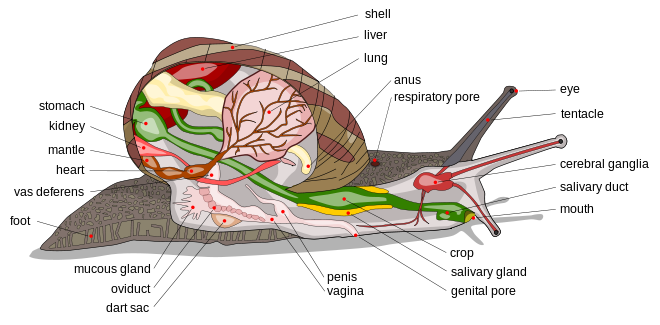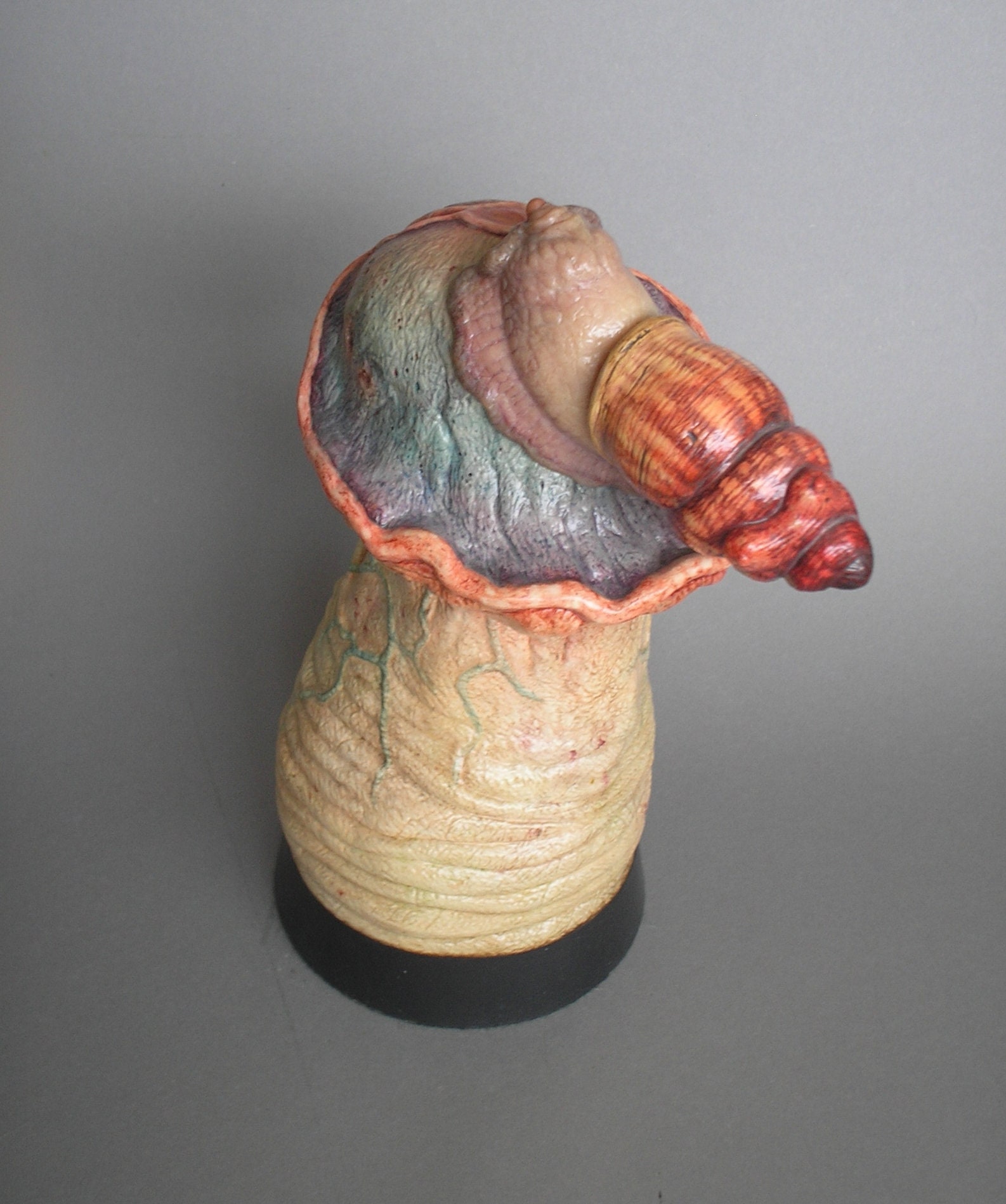


This study reports how the reproductive cycle of a land snail endemic from an oceanic island is shaped by abiotic factors over an altitudinal gradient of 800 m. We also provide an overview table to discuss similarities and adaptive radiation in the European succineid species. When compared to data in the literature, our results imply that Succinea putris displays substantial local variation in life-cycle traits. Neither uniparental reproduction, nor egg or juvenile cannibalism were observed. The hatchlings had shells of 1.1–1.2 whorls hatching success was 95%. The duration of the egg phase was 11–28 days, which might indicate egg retention of varied duration hatching was asynchronous, spanning 1–12 days within a batch. Forty-eight snails produced 74 batches within 12 months. The time to lay a batch was 20–35 minutes. The eggs (non-calcified, translucent, spherical, 1.7–2.0 mm in diameter) were laid in batches, 5–64 per batch the eggs within a batch were glued together. The smallest reproducing individual was slightly over 2.8 whorls snails of 3.0 whorls were regularly observed to produce eggs (maximum number of whorls in adults: 4.0). The growth rate in the field corresponded closely with the fast-phase growth in the laboratory. Growth in the laboratory included two phases: slow (November–March) and fast (June–October) which phase came first during the life cycle depended on the date of hatching. The changes in population size structure in the field and the laboratory results (life span 210–420 days, mean 309) indicated semelparity. In the field the snails reproduced at least from April till September, with April–May and August–September peaks only one such peak (April) was observed in the laboratory, though the snails reproduced throughout the year. Selected life-cycle and population parameters of a common Euro-Siberian wetland snail – Succinea putris (L.) – were studied in the field and in the laboratory. In the remaining two pairs, I could see only the penis of the top snail being. In 17 pairs, mating was anatomically reciprocal (Fig. Nineteen pairs of snails were separated during mating and forced to withdraw their penises. Once the two snails’ genital openings were closely pressed against each other, no external parts of their genitalia were visible and I could not ascertain if mating was anatomically reciprocal by looking at the close junction of the genital openings, even under magnifi cation (Fig. During mating, the snails’ tentacles were partially or completely withdrawn (Figs. After a pair started mating, the bottom snail stopped crawling and the snails remained motionless for the rest of their mating. A pair started copulating when the top snail twisted its head and brought its genital opening against that of the bottom snail (Fig. 10 minutes to circle its partner’s shell almost three times before they started mating.

In one case, an active snail took approx. The snails that could not initiate copulation were observed to circle their partners’ shells two or three times before climbing down and leaving. The top snail then crawled around the apex of the shell of the bottom snail one more time and back to its head to attempt to initiate mating again. 3C) and then along the left side of its shell towards the back. After the top snail reached the head of the bottom snail, either the snails started copulating or the top snail continued to crawl, fi rst across the head of the bottom snail (Fig. If the snail on top started out on the left side of the bottom snail, it crawled around the apex and then along the right side of the shell of the bottom snail towards its head (Fig. Courtship (the sequential behavioral steps prior to mating) started when an active snail climbed on the shell of a passive snail (Fig.

October 2003, and 23 October 2004 mated in the laboratory.


 0 kommentar(er)
0 kommentar(er)
